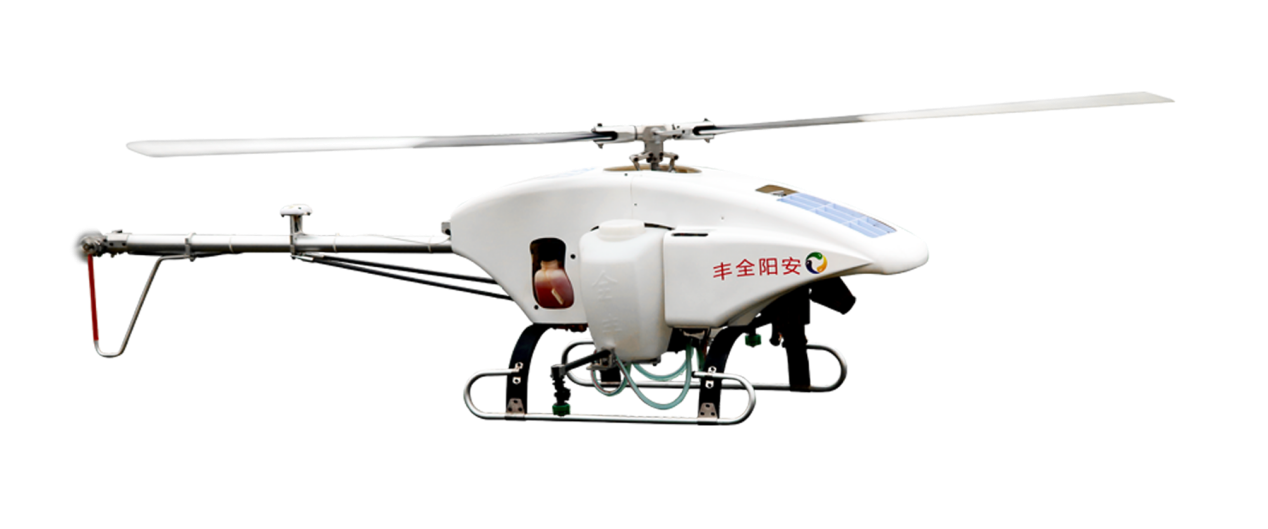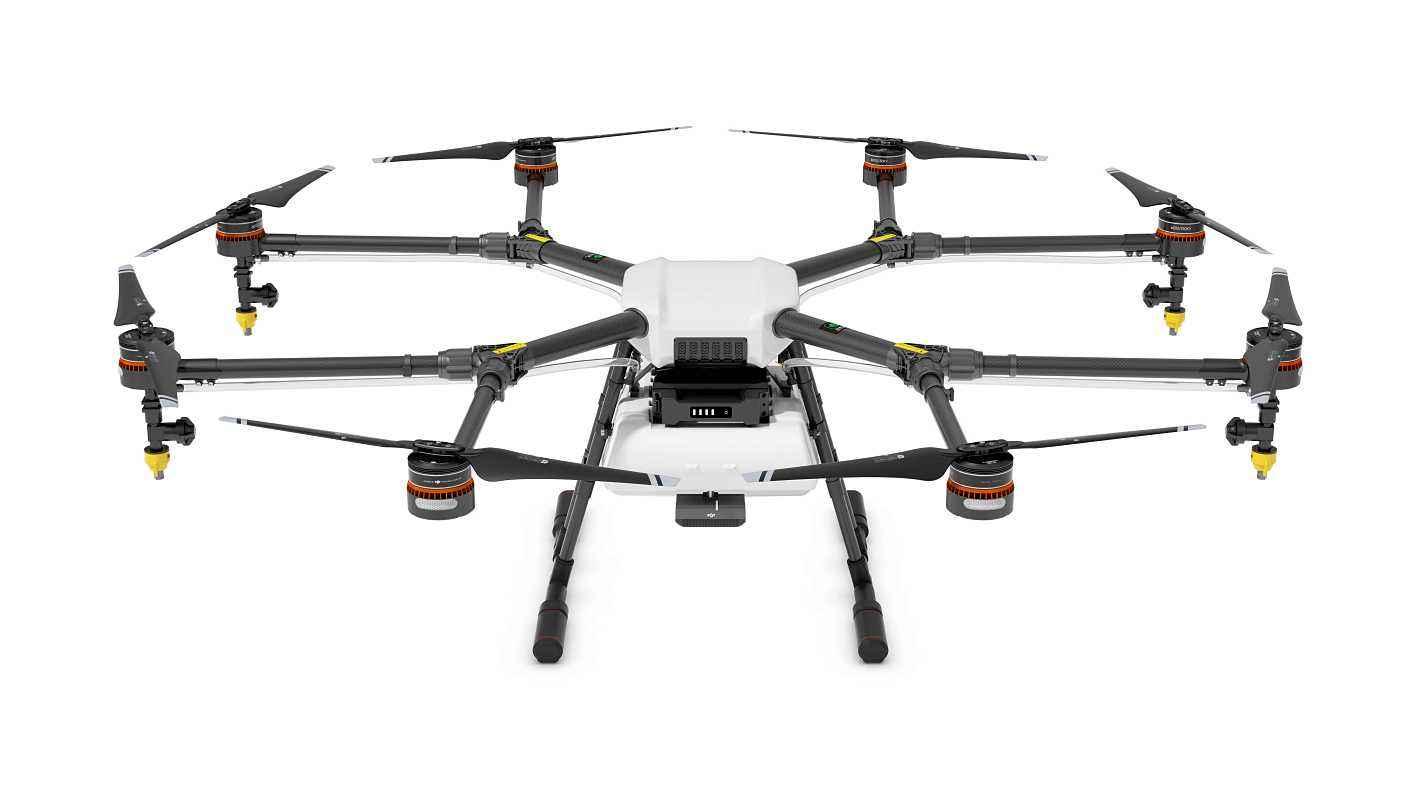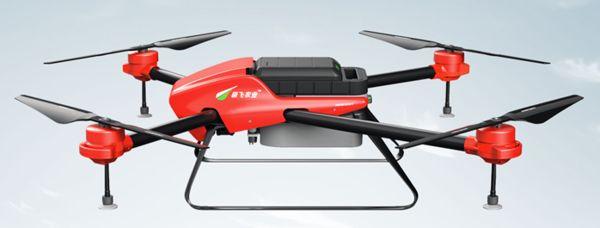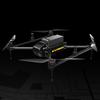Plant protection drones in China
In the late 1990s, China introduced Japanese plant protection drones for the first time, but they have not been widely used;
in 2005, China officially launched the research and development of plant protection drones;
in 2006, under the promotion of the Nanjing Institute of Agricultural Mechanization of the Ministry of Agriculture (hereinafter referred to as “Nanjing Agricultural Mechanization Institute”), China began to try to use drones to carry out agricultural operation pilot projects, which promoted the development of plant protection drones scientific research in China; in
2008, China’s first plant protection drones were born, and the application and spray technology of plant protection drones began to systematically study the plant protection drones application and spray technology. Since then, the plant protection drone industry has begun to enter a stage of rapid development in China;
in 2010, as the time node for the launch of China’s plant protection drones, Researcher Xue Xinyu of Nanjing Institute of Agricultural Mechanization successfully developed the first oil animal and plant protection drone in China through the National 863 project and carried out field experiments. Professor He Xiongkui of China Agricultural University successfully developed and produced the first electric multi-rotor plant protection drone through school-enterprise cooperation projects.
In 2012, Anyang Quanfeng Biotechnology Co., Ltd. (hereinafter referred to as “Anyang Quanfeng”) entered the plant protection drone market and proposed the concept of “aviation plant protection” for the first time, indicating that agricultural plant protection drones began to take root and sprout on China’s land.
The Central Document No. 1 of 2014 clearly proposed to “strengthen the construction of agricultural aviation” and pointed out the direction for the development of aviation plant protection. In May of the same year, Luo Xiwen, an academician of the Chinese Academy of Engineering, joined hands with 30 academicians to formally put forward the proposal to the country on “Accelerating the Innovation and Development of China’s Agricultural Aviation Plant Protection Industry” from four aspects: safety supervision, standards and specifications, scientific and technological innovation, and policy guarantee .

From 2012 to 2015, the development of plant protection drones in China has been moving forward in twists and turns. Previous developments, including production ideas, mostly continued Japan’s development experience, and the market focused on oil-mobile plant protection machines. Its load and long range also brought many problems such as poor stability and low intelligence.
Then, as China’s local market demand further expanded, DJI, the global leader in civilian drone , began to enter the plant protection and aviation defense industry. It officially launched the MG-1 plant protection drone in 2015, and further exhibited its second-generation product MG-1S at the National Plant Protection Conference in 2016. It can be said that DJI has entered the agricultural field and greatly promoted the popularity of plant protection drone in China.


In addition, there are also Jifei, Hanhe, Gaoke Xinnong and other products in recent years. Most manufacturers use lithium batteries as the source of power. The battery power is stable output and high intelligence compatibility. At the same time, compared with oil plant protection machines, its cost is low and its market acceptance is high.
The most highly respected plant protection machine technology is RTK precise positioning operations, automatic obstacle avoidance, fully autonomous operations, and variable spraying.
Due to limited personal cognition, subsequent supplements are made from time to time.
